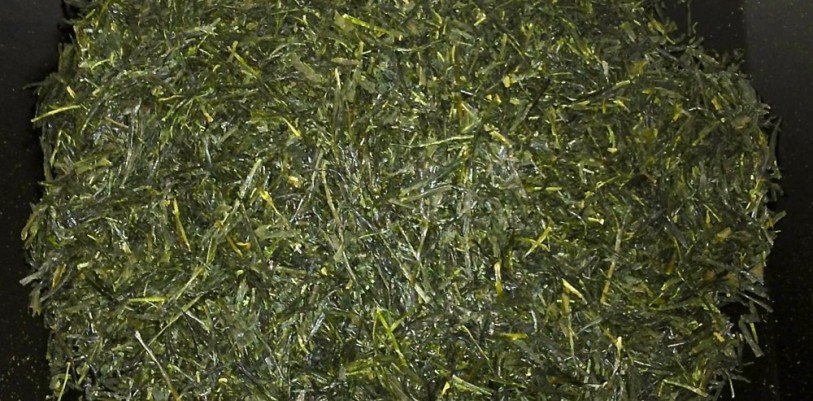
Japanese tea and radiation is a delicate topic. There are strong opinions on both sides of the fence.
As for me, I’m not worried about radiation in Japanese tea.
I’ll tell you why.
Since the earthquake on March 11, 2011, and subsequent problems at the Fukushima Daiichi nuclear power plant, the Japanese government has been regularly testing samples of tea.
Teas from the western areas of Japan were never found to contain radiation. These include the popular tea growing areas of Uji, Kyoto and Kyushu Island (i.e., Kagoshima, Kumamoto, Miyazaki, and Yame prefectures).
In the first year following the disaster, nine prefectures near Fukushima prefecture recorded high levels of radiation. These included Chiba, Fukushima, Gunma, Ibaraki, Kanagawa, Shizuoka, Tochigi, and Tokyo.
Even though Shizuoka prefecture was included in the list, a closer look is necessary. The tea registered 679 Bq, which is higher than the maximum limit in Japan and the EU, but much lower than the maximum limit for the U.S. and Canada.
As of August 31, 2014, no prefecture has detected high levels of radiation for tea.
After a nuclear power plant accident, Iodine-131, Cesium-137, and Cesium-134 are the greatest concerns for radiation in food.
The standard measure for Cesium-137 and Cesium-134 is in units of Becquerel (Bq) per kilogram.
Radiation in tea is measured after minimal processing. The tea is dried, steamed, and rolled, but not sorted. This form of tea is called Aracha.
Each country or region has its own maximum level of Becquerel acceptable for human consumption.
USA: 1200 Bq
Canada: 1000 Bq
International Codex: 1000 Bq
EU: 500 Bq
Japan: 100 Bq
On April 1, 2012, Japan lowered its maximum limit from 500 Bq to 100 Bq for 17 prefectures and called for more frequent tests on foods that tested over the limit.
This move made Japan’s restrictions the strictest in the world.
The EU reported on March 29, 2014 that a declaration of origin is no longer necessary for teas from Japan. Previously, shipments of tea from Japan to the EU required a certificate verifying where the tea was grown.
The EU reported that, “ tea from the third growing season has not been found to be contaminated by radioactivity. It is therefore appropriate to no longer require sampling and analysis of tea, originating from prefectures other than Fukushima, before export to the Union.”
The Ministry of Agriculture in Japan argues that drinking tea is safe because radioactivity is diluted when brewed.
The amount of radiation detected in dried leaves is diluted to 1/30 ~ 1/45 when brewed. Because the radioactivity of tea is tested in dried form, the teas test higher than what is actually consumed.
For example, if a dry tea measures 3,000 Bq, then the actual amount of radiation in the tea drink is only 100 Bq. This is lower than 200 Bq, the maximum level for water and tea drinks.
Commission Implementing Regulation (EU) No 322/2014 of 28 March 2014 on imposing special conditions governing the import of feed and food originating in or consigned from Japan following the accident at the Fukushima nuclear power station. (2014). Official Journal of the European Union, l95/1.
Japan Ministry of Health, Labour and Welfare. (2014). Levels of radioactive contaminants in foods tested in respective prefectures. Retrieved from http://www.mhlw.go.jp/english/topics/2011eq/index_food_radioactive.html.
Richard Lloyd, P. (2011). Radiation from Fukushima found in green tea. Times, The (United Kingdom), 36.
U.S. Food and Drug Administration. (2014). FDA response to the Fukushima Dai-ichi nuclear power facility incident. Retrieved from http://www.fda.gov/newsevents/publichealthfocus/ucm247403.htm.


